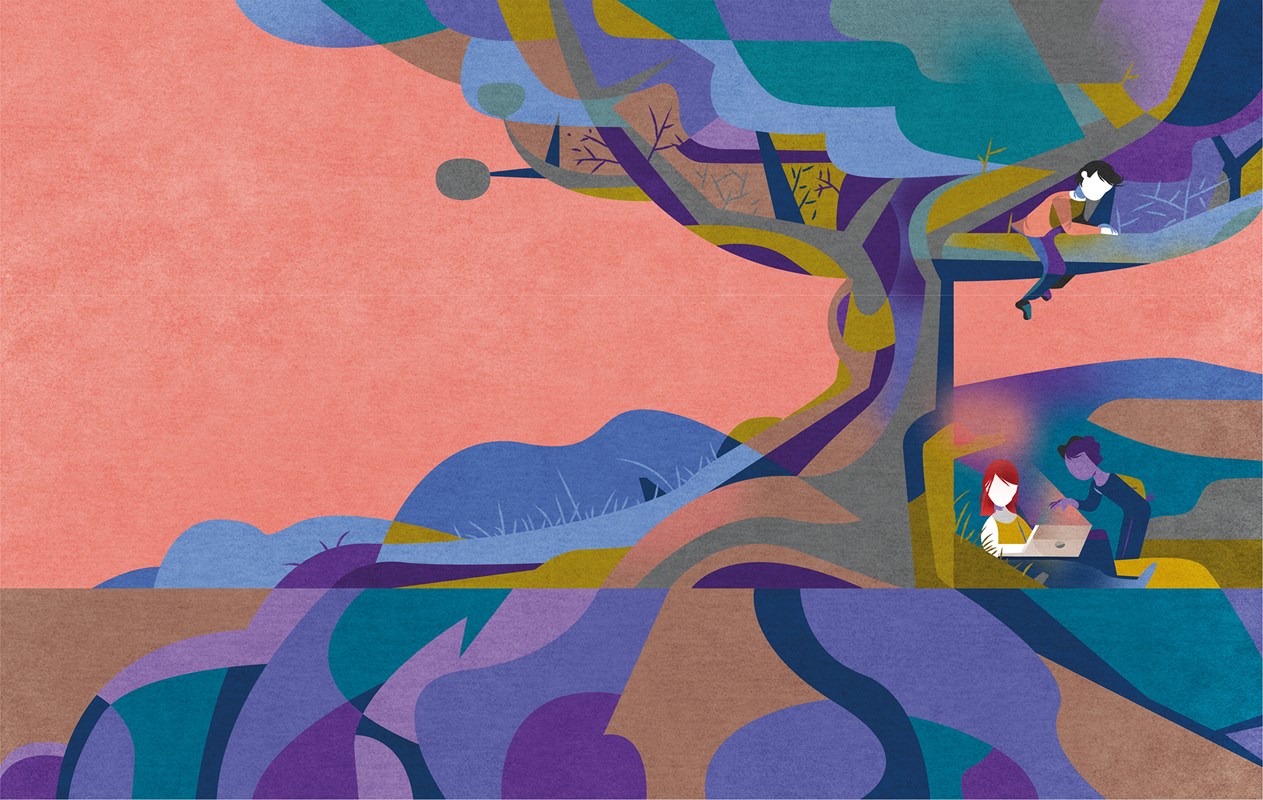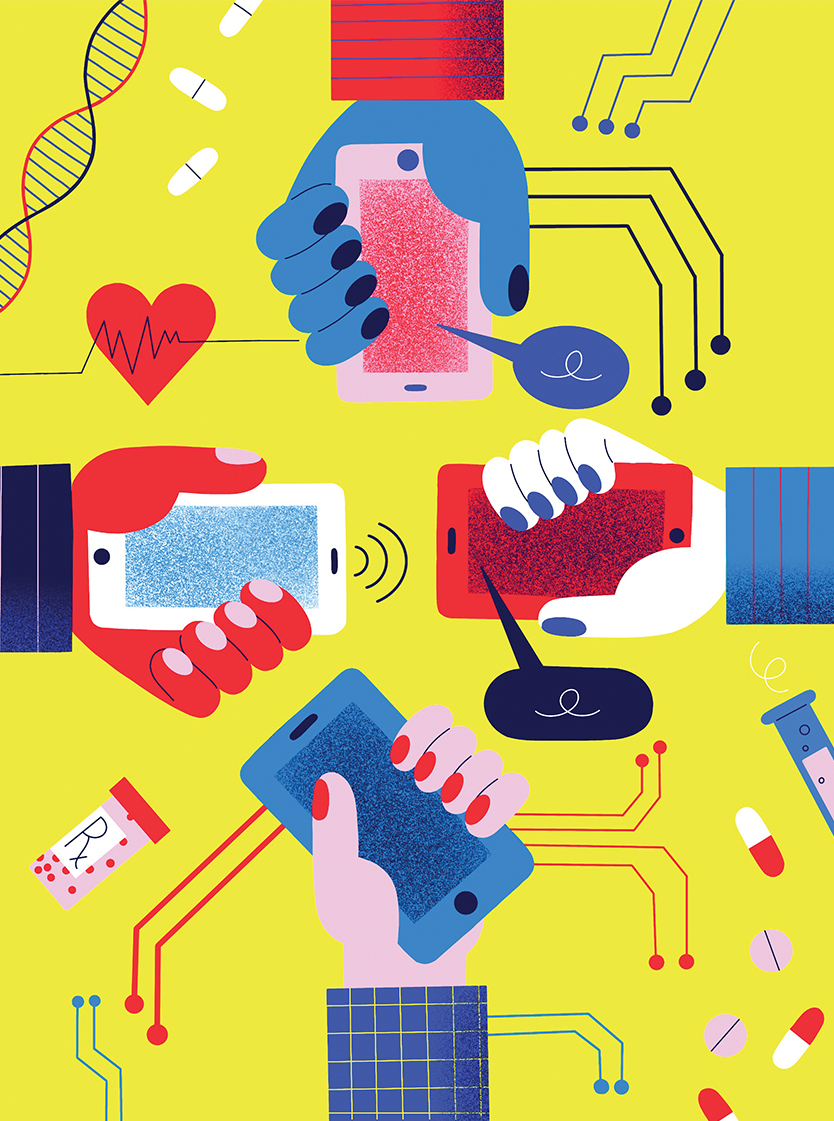Rebuilding a child-friendly internet
By Chloe Setter

Albert Espí

The freedoms and possibilities of humankind’s latest amazing technological advancements have come at a very real cost to children around the world. But it doesn’t need to be that way in the future, argues Chloe Setter the head of policy at WeProtect Global Alliance.
There is no such thing as ‘online child sexual abuse’. It is a controversial statement, designed to shock, but it is a concept worth exploring. Child abuse has long blighted our society, even if it has not always been in the public consciousness or discourse. In the past, those with an unnatural interest in children often had to go to great efforts to seek out victims or locate materials depicting abuse. Then came the internet: a game-changer.
Access is no longer difficult. Child abuse materials are rife and children across the world are spending more and more time online; chatting to their friends, gaming, going to school, and creating and sharing content. Under 18s account for an estimated one in three internet users around the world (of which there are now over five billion unique mobile users and more than four billion internet users globally).
An unforeseen and unpleasant result of this digital advancement is that child abuse material is no longer hidden away or hard to find; it exists at the touch of a button. Children can be groomed online, can have their exploitation captured and shared, sometimes even ‘livestreamed’ across the world to offenders — some of whom use online financial mechanisms to gain access and direct the abuse in real time.
“Innovation can help to create a place where children thrive”
Chloe Setter

Offenders are able to easily congregate together in virtual forums and groups to feed their own fantasies, discuss tradecraft and share abuse materials. And, once these abuse images or videos are online, they can be shared thousands and thousands of times.
Yet this ‘online child sexual abuse’ is not virtual. When we talk about online abuse, it sounds otherworldly — it isn’t. It happens to individual children and the impact is real and lasting. Every time an image or video of child abuse is shared a victim is retraumatised, every view a repeat of their abuse.
More often than not, abuse is about exerting power. Perpetrators abuse their positions of power and instil a sense of powerlessness in their victims, with devastating effect. The internet has provided abusers with more power to find and control victims, and more opportunity to seek out materials and like-minded individuals. Sadly, the many freedoms and possibilities of humankind’s latest technological advancements have come at a very real cost to children. But it doesn’t need to be that way.

Technology has exacerbated the scale and complexity of this harrowing issue, but now it can and must be part of the solution. Innovation has helped us to invent baby incubators, child car seats and childhood vaccines — a multitude of things that help to keep children safe all over the world. To begin to solve the growing and urgent threat, we need to look again to technology to innovate us towards improved child safety online.
We need to harness the possibilities of current and future technology to address the fact that child abuse is not happening ‘on the internet’ but being made easier by the internet. To change this, we must strive to make sure the digital space stops being a minefield for children and a safe zone for offenders. Focusing on prevention is critical.A future where the reverse is true is within our grasp. The technology at our disposal in 2021 is vast, with near boundless potential to cope with the increasing volume and complexity of the data.
For example, Artificial Intelligence can learn to problem solve at a scale and speed that is impossible for humans. We now have automated technology to locate the material; machine learning trained on real abuse cases helps to detect online grooming; and ‘chatbots’ exist to speak to would-be perpetrators when they attempt to access abuse content.

To better protect children, apps, platforms and services should be proactive and ‘safe’ in their design. Law and policy must be adaptive and evolving to keep pace with offending. Companies must assess the risk to children thoroughly and react accordingly when operating their services. Resources must be spent on safety technology and research. A global, coordinated and collaborative response is needed that recognises and responds to the need to make the internet safe for children, without exception.
Most of all, we must recognise the urgency of this task. Every child should be free to live their life without the threat of abuse; digital environments are no different. Indeed, they are the spaces in which children have likely spent most of their time during the pandemic. We must embrace the possibilities that innovation brings and actively prioritise children’s safety. Technology should always be designed with child safeguarding at its core rather than as an afterthought. Only then can we succeed in our duty to give the world’s most vulnerable citizens a safe and supportive future.
Child sexual abuse exists, and it is happening in every space that children inhabit; digital and physical. As the lines between these ‘worlds’ converge, innovation can help to create a place where children thrive, and offenders suffer real-world consequences.








